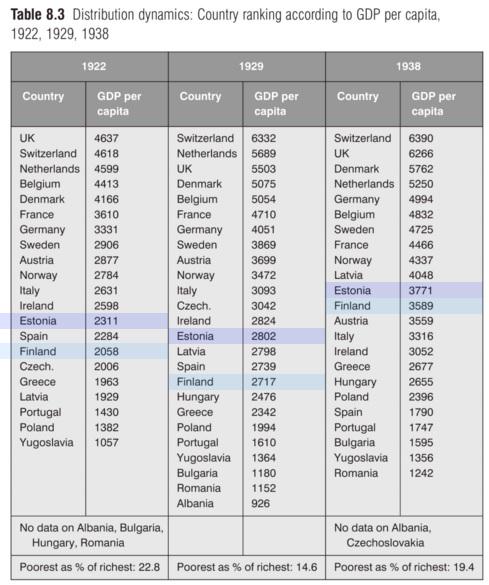Estonia is culturally nordic-like, but it is currently not seen as such internationally. Even if such a branding paradigm shift was achieved, why push the agenda? Why risk angering both other nordic people and also the balts in a quest of “becoming Nordic”? What’s the reason to further increase collaboration with Nordic Council countries and why would Estonia want to change its title in the Nordic Council from “observer” to a full member? Here we’ve listed a few benefits and reasonings for “becoming Nordic”:
- Nordic Council level of collaboration with other nordic region countries would benefit the economy and culture. Finland and Sweden are already by far Estonia’s biggest trading partners and further ties might speed up the increase in standard of living. There are many organisations that support pan-Nordic cultural events, Estonia’s traditions are very similar but are currently left out of the loop. Joining Nordic Council may benefit such undertakings by increased funding, more connections and know-how.
- Becoming a new Nordic country would be an international newsworthy development which may increase tourism and foreign investments due to publicity and increased trust in safety and laws, both from other Nordic countries and internationally.
- The process of becoming a full Nordic Council member requires Estonia to undertake many changes which may be beneficial to progress on the human development index.
- Being accepted by the Nordic countries would increase Estonia’s independence safety. Estonia is already in EU and NATO, but being on Nordic Council might further deter the only potential threat and non-ally neighbor, Russia, from attacking — or at the very least it might increase Estonia’s international diplomatic support if an attack does happen.

